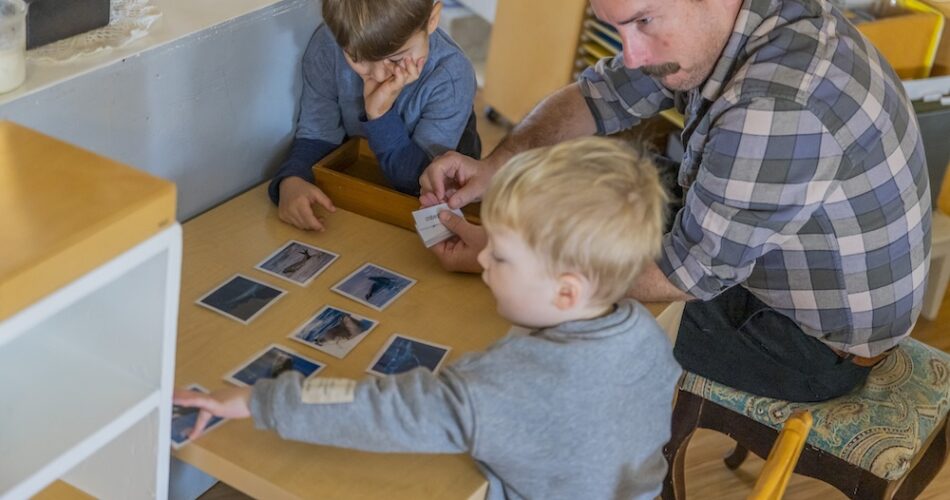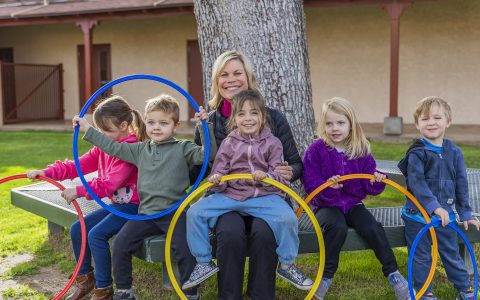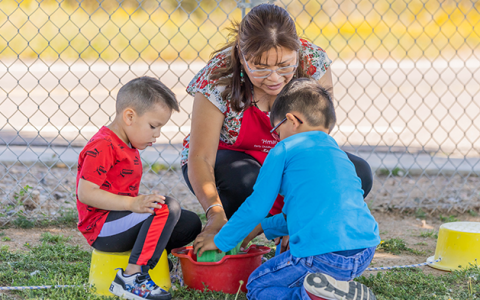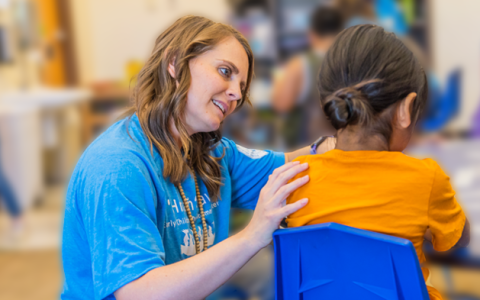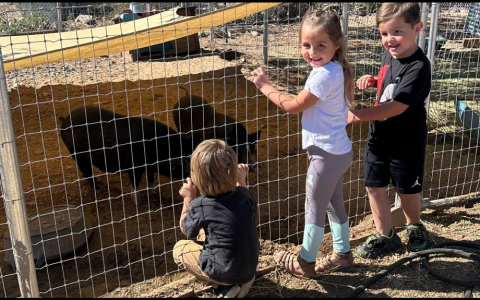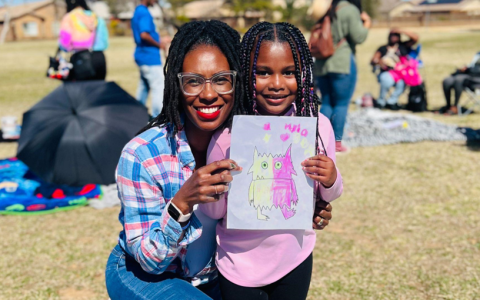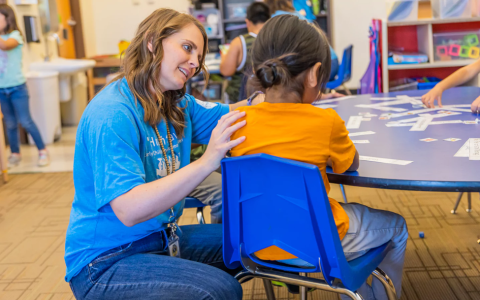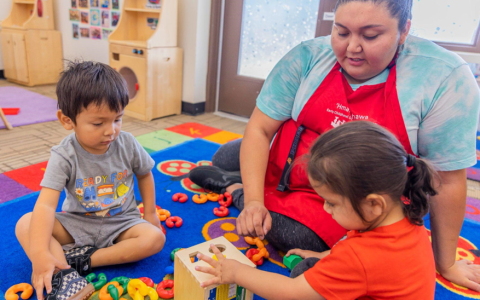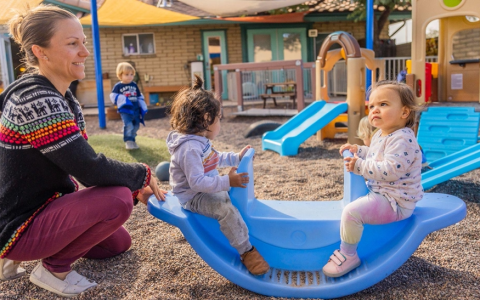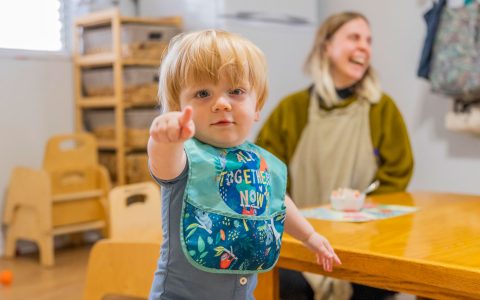Men are underrepresented in early childhood education, yet their presence enriches learning environments. Hear from five Arizona educators on what men bring to the classroom, the challenges they face, and how we can better support gender diversity in ECE.
Category: Early Learning
Thank You, Heroes of Early Childhood
Dear Early Educator, May 9 is Child Care Provider Appreciation Day, and I would like to extend a heartfelt thank you on behalf of the First Things First Board and staff. Thank you for your continued commitment to Arizona’s youngest learners. You know, better than most, that the first five years shape a child’s future.
Redefining kindergarten readiness: Helping families understand their child’s journey
As an early childhood educator, you play a vital role in preparing children for their next big step: kindergarten. Families trust you to keep their children safe, nurture their growth, and set the foundation for lifelong learning. But kindergarten readiness isn’t just about knowing ABCs or counting. It’s about fostering curiosity, social and emotional skills,
A warm welcome: Tips for welcoming new children and families
Four tips to help you warmly welcome new children and their families to your early learning setting.
Child-focused learning: following their lead to new adventures
As an early educator, you know young children are naturally curious about the world around them. As early educators, we can foster that curiosity and nurture a lifelong love for learning. Child-focused learning is all about noticing and following children’s interests in learning experiences. By noticing and following their interests, we can take advantage of
Books and Beyond
Books and Beyond: Infusing Creativity into Reading Experiences A blanket, a snack and a good book. Is there any better way to enjoy a nice day at the park? For Arielle Deloney and the families in her program, it’s not just a great way to spend the day. It’s an intentional literacy practice. Deloney is
Decoding Little Minds
Decoding Little Minds: An Early Educators Guide to Understanding Children’s Behaviors If you have been in early education for any length of time, you’ve navigated behaviors. Behaviors—sometimes called “challenging behaviors,” are when children display a range of difficult actions, emotions or reactions. These behaviors can significantly impact the learning environment. Diverting the teacher’s focus, hindering
Quality in Action
Quality in Action At Quality First, we talk about quality early learning every day. But what does quality look like in action? Check out the clips below to see a few ways that Quality First teachers turn everyday moments into learning moments. Color Sorting Hints and Help Quality in action looks like: Rolling the mat
I is for implementing action steps. Five tips to help you on your goals.
In Quality First, we use the VISION model to guide the quality improvement journey. This is the fourth in a series about the six stages of the VISION model. If you haven’t already, check out our blogs on vision casting, investigating your current practices, and setting goals. Once you’ve identified your big-picture vision, reviewed your
